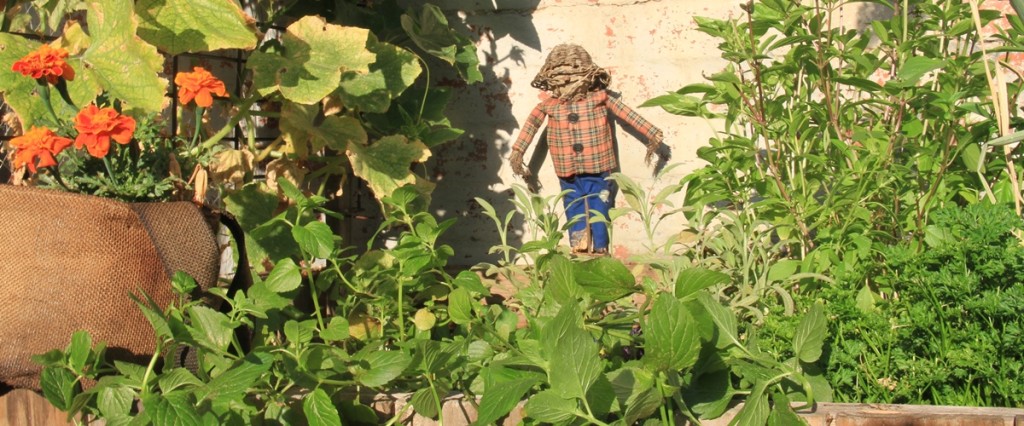
Growing your own food has many benefits. The food tastes better and is more nutrient dense. Growing food connects you to nature and is very rewarding. Gardening has physical and mental health benefits. Recent Coronavirus (Covid-19) panic buying and empty supermarket shelves have now given us another reason to grow our own food.
Our own household is relatively self-sufficient at this time of the year. It’s an abundant time in the garden. We’re picking boxes of fruit and vegetables every day and preserving them for the lean winter ahead.
Not everyone invests the time that we do into growing their own food. So I’ve put together this action plan to help others prepare. It should help kick start your edible gardening and make your household more resilient during the current crisis.
This Panic Induced Edible Gardening action plan assumes that you are based in Melbourne or surrounding areas of Victoria. It also assumes you have relatively limited space and that you are going to implement it in the next fortnight (ie before the end of March, but the sooner the better)… any later than that and you may be wasting your time if you hope to be harvesting food during the current crisis.
Timing is Everything
Melbourne based gardeners are currently experiencing autumn weather. That means cool, damp nights and sunny days. The soil temperature is still warm, but that wont last long. Plant growth will slow or completely stop, once soil temperatures cool at the end of March. So if you are going to plant yourself an edible garden to survive the current food shortages you’ll have to act fast.
The other thing to consider is that there is no such thing as an instant carrot (or any veggie for that matter). So even if you start today, it’ll weeks or even months before you start to harvest your own home-grown food. Let’s be realistic, you’re not going to be able to quickly grow enough food to keep your family fed during the next few months. However, it’s still worth giving it a go to supplement your food and give you something positive to focus on while you are self-isolating and social distancing.
Preparing the soil for Panic Induced Edible Gardening
Are you growing in pots or in the ground? Think outside the square, can you use your nature strip, a balcony or perhaps even a friend or relatives garden (while still maintaining social distancing).
Remember, most edible plants require full sun, so forget about trying to grow produce on a south facing balcony!
The winter sun tracks very low across the northern horizon in Melbourne. Shadows are very long in June and July, so give careful thought to where you will locate any vegetable patches.
More on where to locate your vegetable patch here.
Make sure you use a quality potting mix (not necessarily expensive!) for those of you growing in pots. See my blog posts on potting mix and also fertiliser trials to help you understand this more. The potting mix that you use can make a huge difference to your success.
For those growing in the ground, your time is limited, so start small. Remove as much of the existing grass and vegetation from the garden bed. Dig in some quality compost. Using a strong animal manure may mean you have to delay planting until it settles, but compost wont delay planting. I find mushroom compost is a great choice for improving soil quality. More on using compost in the vegetable patch here.
What to Plant
For those of you with plenty of space (and time) my autumn planting guide is a great place to start. It covers all the planting options for Melbourne based gardens at this time of the year.
For those of you with limited space and/or time here’s a list of plants to grow, in order of priority:
Leafy Greens
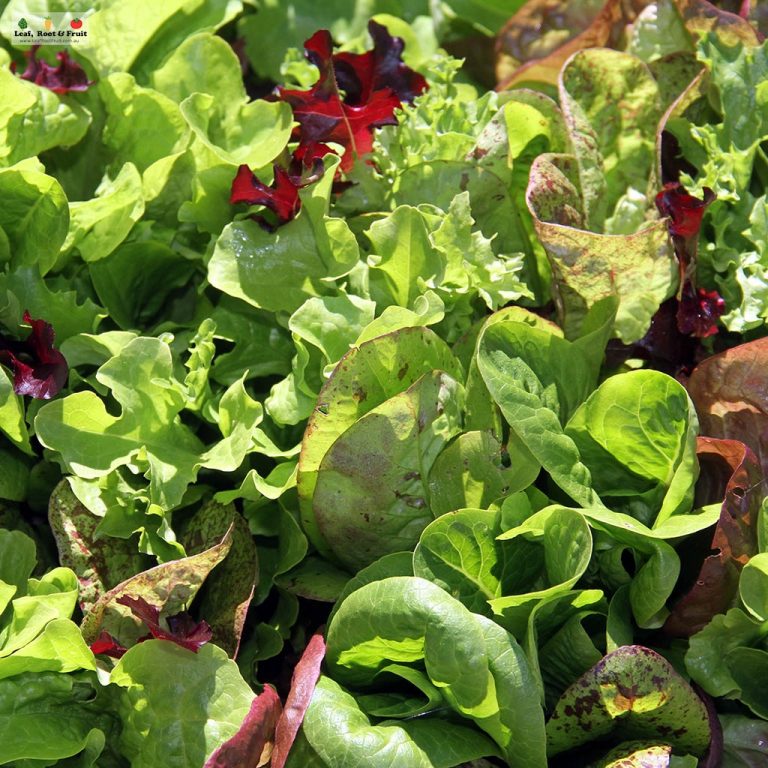
See my Philosophy of Edible Gardening for a full explanation of why I focus on growing leaves (and why my logo resembles the colours of a traffic light). Head to a plant nursery and purchase some large seedlings of lettuce, silverbeet, spinach and kale. These should be ready to start harvesting in four to six weeks – which is why they should be your top priority. Most other crops are going to take much longer to produce. You can also grow your leafy greens from seed, but transplanting established seedlings will reduce your harvest time by two to three weeks.
Radishes
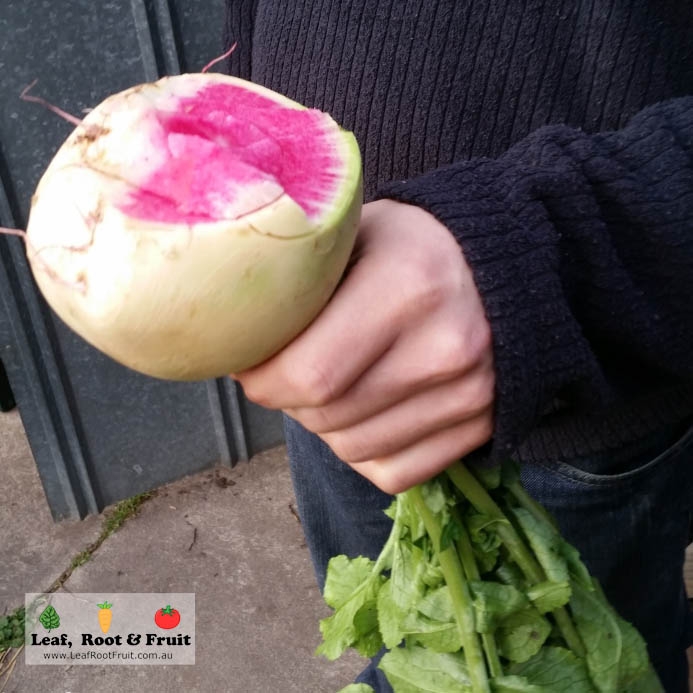
These (hopefully) wont be a staple crop for you, but they are very quick to harvest. Radishes don’t take up much room. Combined with their quick turnaround to harvest they are great for filling the spaces in between larger veggies while still establishing. Every few weeks sow enough seeds for a small crop to keep you in continuous supply. This is called succession planting.
Broccoli and Cauliflower
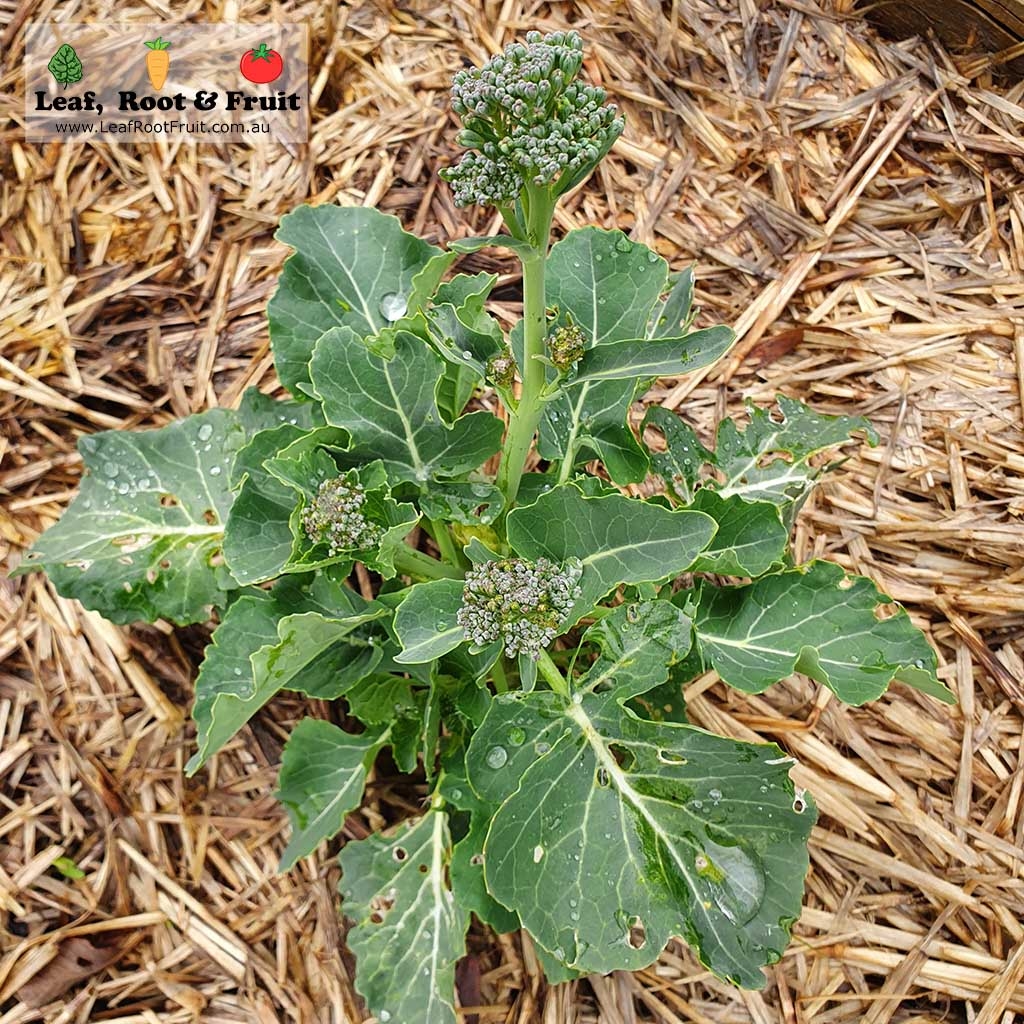
While you are at the plant nursery getting the biggest lettuce seedlings you can find you should also grab some broccoli and cauliflower seedlings. However, this time you want to grab the SMALLEST plants you can find. This is because Brassica seedlings (which also includes cabbages and Brussels sprouts) hate to get root bound or stressed. Large seedlings are likely to be already stressed and will quickly bolt to seed. This means you will have very small plants with a very small broccoli or cauliflower head. It’s a common mistake that many gardeners make (read my Top Ten Mistakes for the rest). Instead purchase seedlings with only one or two true leaves. More on selecting Brassica seedlings here.
Broccoli and Cauliflower will take much longer to produce than lettuces or radishes. You’ll also need to protect them from white cabbage moth at this time of the year. So use some insect netting or even some old terylene curtain fabric. If you don’t protect your brassica crops from white cabbage moth at this time of the year, then you may as well not bother planting them. Net them straight away!
Once you’ve harvested the main head of a broccoli plant they will send out plenty of smaller side shoots to harvest. It’s best to plant more broccoli than cauliflower as you’ll get more harvests out of them.
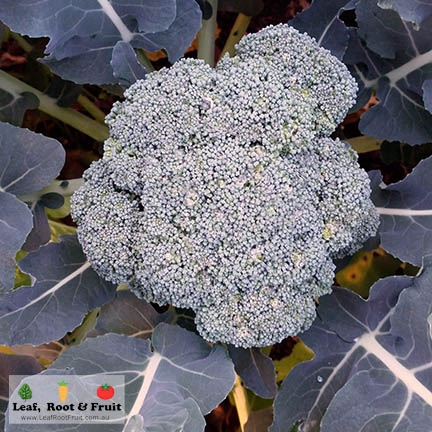
Snow peas (or sugar snap peas)
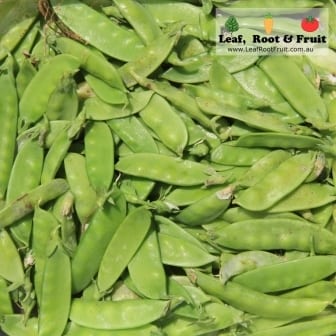
These are even longer to harvest again than the above crops. Snow peas will be much quicker to harvest than sugar snap peas and the cropping period will be more extended for snow peas. Peas can be trained up a trellis or garden stake tepee to maximise use of space (more on how to grow peas here).
Beetroot
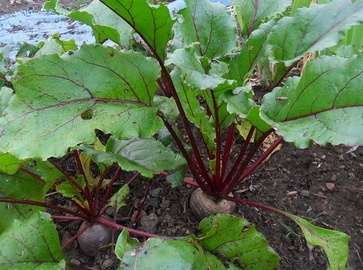
Beetroot is relatively quick to germinate and grow, but may take a while to develop the swollen root. The leaves are also edible. Beetroot can be grown from seedling or seed. If sowing from seed, then soak seed in water overnight, or at least for a few hours to speed up germination.
Turnips
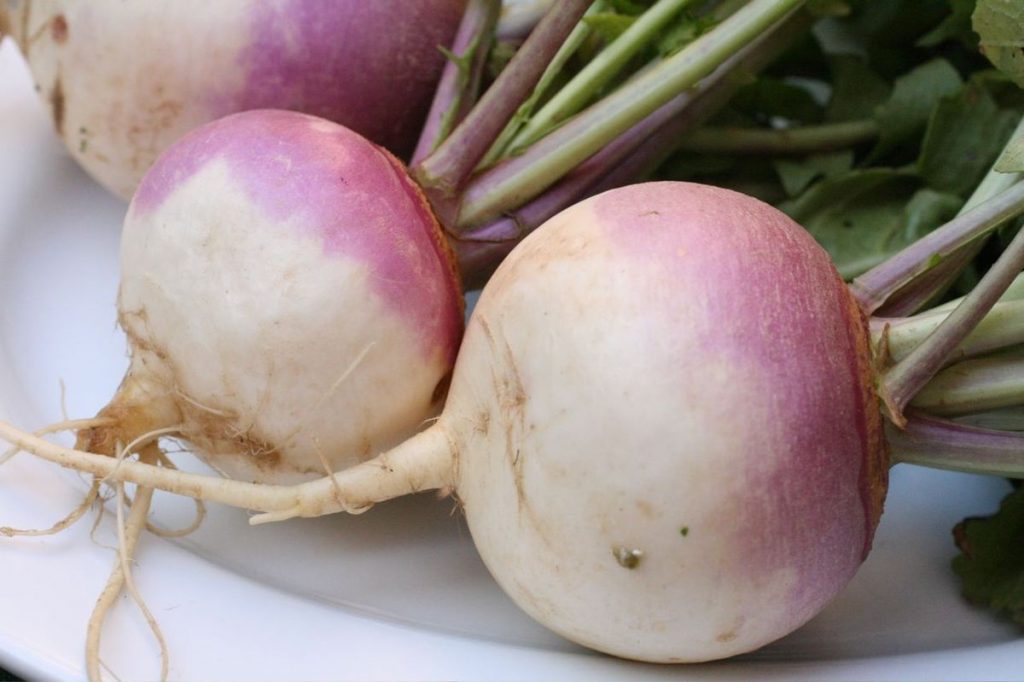
Turnips are easy to grow and shouldn’t take too long to provide a decent crop. However, there are only so many turnips you can eat. So don’t get enthusiastic about growing lots of them them. A diet of predominately turnips during self-isolation can’t be good for anyone’s mental health. Always grow turnips from seed.
Broad beans
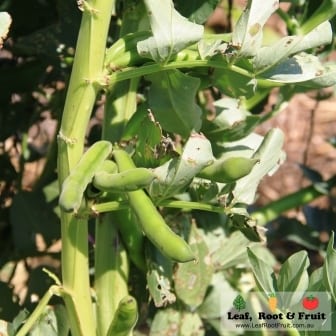
Broad beans are a fast-growing crop. However, in Melbourne they never produce pods before early to mid-spring. They also take up a fair bit of room. So if space is limited then give them a miss. For those with more room, the leaves and flowers are also edible (and taste just like the pods). These parts of the plant can be added to salads etc while you wait for pods to appear.
Celery
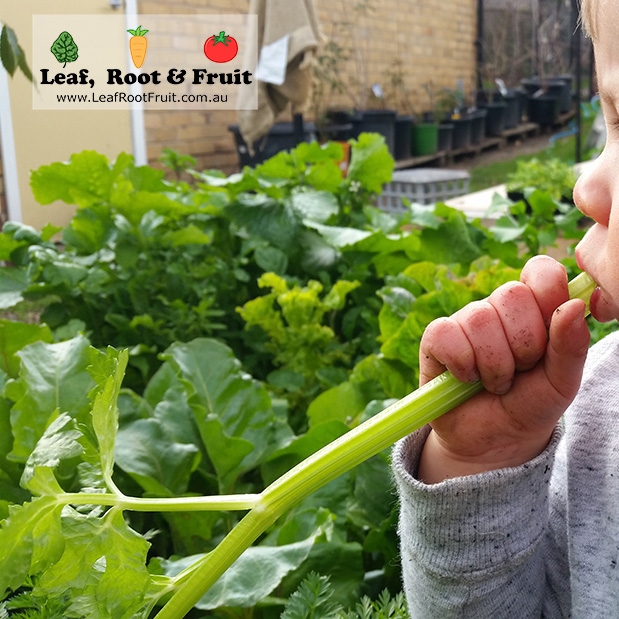
Celery seeds are slow to germinate and seedlings can take a while to establish. However, if you plant some seedlings now, you should be able to harvest a few stalks within two months. Celery is great because you don’t need to harvest the whole plant at once. Instead just break a few of the larger stalks off from the outside of the plant and enjoy. If time is limited avoid growing from seed and buy some seedlings instead.
Flowering Plants
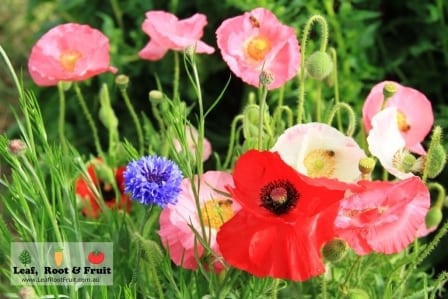
Now is a great time to sow a range of flowering plants that are great for attracting beneficial insects into the garden. Flowers are an important part of creating a healthy garden ecosystem. Consider sowing sweet peas, calendula, corn flower, cosmos and poppies to enhance your self-isolation space. Once established, you can pick some of the flowers to give to those who need a bit of cheering up in these tough times.
What to avoid planting now if you are focusing on the crisis in the short term
Garlic
Now is the right time to start planting garlic. But you wont harvest it until late in 2020 or even early 2021. So if space is limited, don’t waste precious room on a crop of garlic. You could say the same for onions.
Brussels Sprouts and Cabbages
Both of these brassica plants take up a lot of space and take a long time to harvest. Better to plant extra broccoli and cauliflower plants instead as you’ll harvest them more quickly.
Large brassica seedlings
As mentioned above, they wont amount to anything so don’t waste your time and money. When it comes to Brassica seedlings small is better. Large seedlings with purple stems and yellowing leaves must be avoided.
Any summer crops
The cold weather will kill the seedlings such as tomatoes, eggplants, capsicums, cucumbers and sweet corn in the next few weeks. Focus on your winter crops instead.
Most root crops
I’ve got established crops of potatoes and carrots sitting in the soil, where they’ll happily keep all winter. But if you try to grow them this late in the season they’ll take too long to develop in the cold soil. If you’ve got plenty of space, then you could certainly sow some carrot or beetroot seeds now. You just may have to wait a while before you can harvest them. Never transplant root crop seedlings (except for beetroot) as they end up a forked and tangled mess. Grow root crops from seed instead.
Where to From Here?
Hopefully you find growing your own food rewarding and continue beyond the current crisis. Doing so will increase your household resilience (so you’ll be ready for the next crisis!).
Sign up to my monthly newsletter for a planting guide to be delivered directly to your inbox each month. It’s packed full of tips and hint on growing your own food.
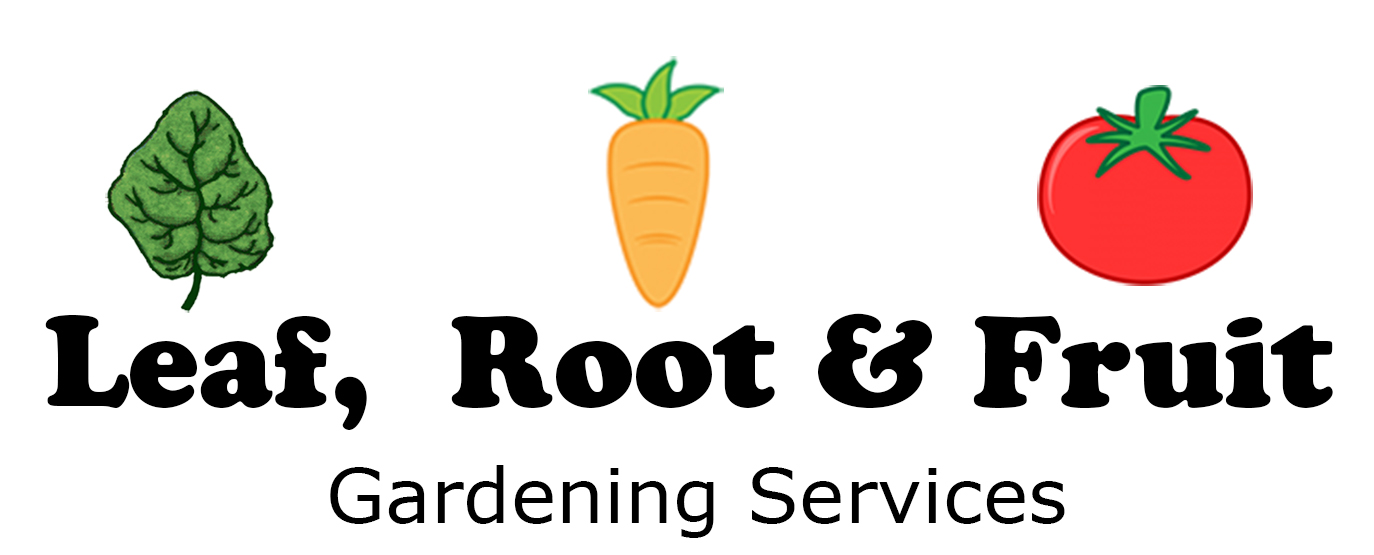


hello
donn here in the southern hemisphere we need things to grow in the winter please
Hi M, this guide is intended for folks growing food in the Melbourne region, but would also be applicable to gardeners from similar climates such as Adelaide and Perth.
Stay Safe & Keep Gardening!
Duncan
Would love to get your newsletter.
Great – I can see that you’ve signed up. Stay Safe & Keep Gardening!
Hi there,
Great guide! Unfortunately the only patch of dirt I have is south-facing
I’m still very keen to be responsible and grow something productive. If I were to try growing anything, what would you suggest?
Hi Claire,
Thanks for the great feedback on the guide. South facing is challenging, especially as the shadows lengthen in winter. Can you find space elsewhere? Perhaps in a neihgbours yard?
Depending on the amount of direct sunlight you get, you could still try some of the leafy greens such as lettuce and spinach.
Stay Safe & Keep Gardening!
Thank you so much. This has come at EXACTLY the right time.
Any advice on wicking boxes?
So appreciative, this is really wonderful.
Hi Elinor,
Thanks for the great feedback. Wicking beds are useful, especially in summer, but don’t offer much advantage to growing in winter. Generally speaking, growing in the ground is better, unless there’s a reason to avoid it.
Stay Safe and Keep Gardening!
Duncan
How about Chinese cabbage? Also sprouts of various sorts.
Great ideas, thanks for sharing Sue. In find Chinese cabbage easy to grow, but always become full of slugs and earwigs. So I would only recommend it if space is unlimited.
Stay Safe and Keep Gardening!
Thanks so much for this blog, I’ve just discovered this site. I’ve been gardening for some years, growing veggies, herbs and fruit, but I still learnt quite a bit here. I’ve signed up for your news letter, thanks.
I have a question though; on my small suburban block in south east Melbourne, I have a few shaded areas. I’m struggling to find a winter food crop that will grow in the shade. Would you have any suggestions?
Hi Roxanne,
thanks for the great feedback, we hope you enjoy the newsletters.
Growing winter crops (or any crops) in the shade is difficult. You could try some leafy greens or even beetroot, but perhaps best just to leave it fallow for the winter. What about a green manure crop to dig in ahead of spring planting?
Stay Safe & Keep Gardening!
Duncan